The Republic of Slovenia is a small Central European country located at the crossroads between the Alps and the Adriatic, the Mediterranean, the western Balkans, and as a gateway to Italy, Austria, Croatia and Hungary.
The capital Ljubljana is picturesque.
Slovenia's culture is a blend of neighboring countries crystallized into its own identity. Despite its modest area and population, Slovenia makes many countries "respect" for its green coverage of trees, peaceful nature, good environmental index and a "green" lifestyle that is put first. Therefore, this country is also known as: "The Green Heart of Europe".
Explore the “land of the forest”
Slovenia is a modern country, but also full of myths about gods and strong agricultural influences in the past. Although it is only 20,000 km2 in size and has a population of over 2 million people, 60% of its territory is covered by forests. Therefore, this country is also called "the land of forests". Slovenians are so proud of this that they claim that the green color of trees is in everyone's DNA.
Slovenia is one of the most environmentally friendly countries in the world . According to the Good Country Index, Slovenia ranks 4th out of 153 countries that contribute positively to the planet and the climate. In 2016, the Netherlands-based Green Destinations Organization recognized Slovenia as the world's first "Green Destination" and its capital Ljubljana as the "European Green Capital".
In the city center, car travel is limited, instead, spaces are prioritized for pedestrians and bicycles. In particular, the traffic is extremely friendly with the public BicikeLJ bike sharing system, making it easy for visitors to find rental points at reasonable prices.
The picturesque capital Ljubljana is a delightful blend of history and modernity. Stroll along the Ljubljanica River that runs through the city centre; cross the famous Triple Bridge and admire the preserved medieval architecture; explore the charming old town, filled with cozy cafes, boutiques and lively markets... these are experiences that visitors to Slovenia should not miss. End the day strolling, enjoy delicious local dishes at famous restaurants, or try traditional dishes such as potica or kranjska klobasa right on the street.
Thanks to its large forest area, green ecosystem and diverse terrain, Slovenia has many famous outdoor destinations such as the Soča, Bohinj and Kranjska Gora valleys. Visitors can hike, jog or cycle to these places to enjoy the fresh air and feel the pleasant scent of fragrant pine trees.
The Soča Valley is ideal for those who enjoy water sports such as white water rafting on the stunning turquoise Soča River. Meanwhile, the Bohinj Valley, home to Lake Bohinj, is an “outdoor playground” where visitors can hike, kayak, swim, etc.
The diversity of terrain and landscape has created a "green" lifestyle for Slovenians, who always aim for a healthy lifestyle, love exercise and love sports, especially skiing. This is also a country of mountain climbers. Slovenians believe that anyone who has not climbed Mount Triglav (2,864m) is not a true Slovenian. And only in Slovenia can tourists go skiing on the slopes of the Alps in the morning, then take a dip in the sea in the afternoon.
Explore breathtaking locations

Lake Bled - symbol of Slovenia.
Slovenia has many breathtaking destinations, with a beauty that is almost unbelievable. One of them is Lake Bled - the iconic lake of Slovenia. Surrounded by the Alps and old forests, Lake Bled is as beautiful as an emerald. In the middle of the lake is Bled Island, where a Gothic church was converted from a temple in 1465. The church has a famous bell tower and staircase.
According to traditional customs, after the wedding on the island, the groom must carry the bride up 99 stone steps as a vow to be together forever. In addition, on Bled Island there is also a magnificent castle built in the 12th century, located on the top of a steep cliff and has a panoramic view of the entire lake. The image of the island floating on the surface of Lake Bled with magnificent architectural works has become the "avatar" (representative symbol) of Slovenia.
Another wonder that can amaze visitors with its scale and remaining traces is Postojna Cave - the most unique underground karst cave in the world, formed more than 2 million years ago.
Inside Postojna is a series of different caves, including "halls" and "rooms" which are hollow cavities created by nature millions of years ago; or underground passages stretching 24km with "mountains" formed by the emulsification process, rivers flowing loudly in the cave, enough to see how large the cave is.
In addition, this is also considered the “cradle” of cave biology. Scientists have found many documents proving that this cave was once home to “fish-men” (olm) or small dragons millions of years ago.
To visit, visitors can walk or sit on a special tram that goes through the cave, designed to ensure technical standards that do not affect the environment or the geological formations inside the cave. This modern means of transport is the "weapon" that makes Postojna Cave a destination that leaves a special impression on visitors about a wild Slovenia in nature but very modern and developed.
According to hanoimoi.com.vn
Source









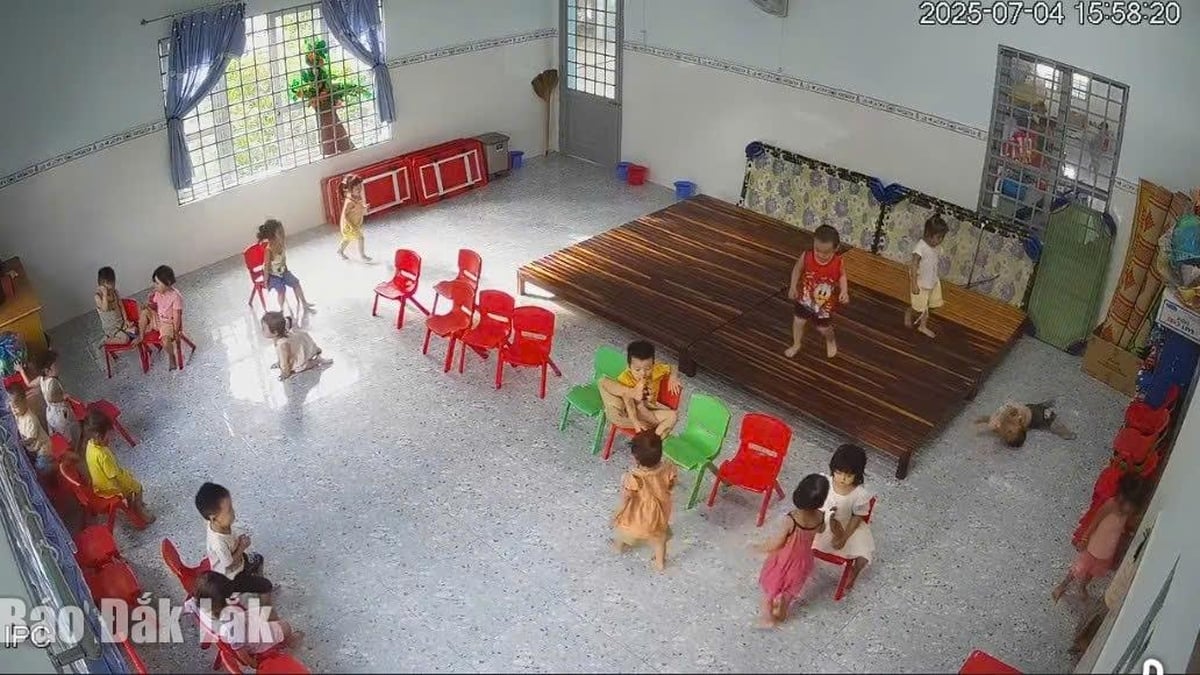

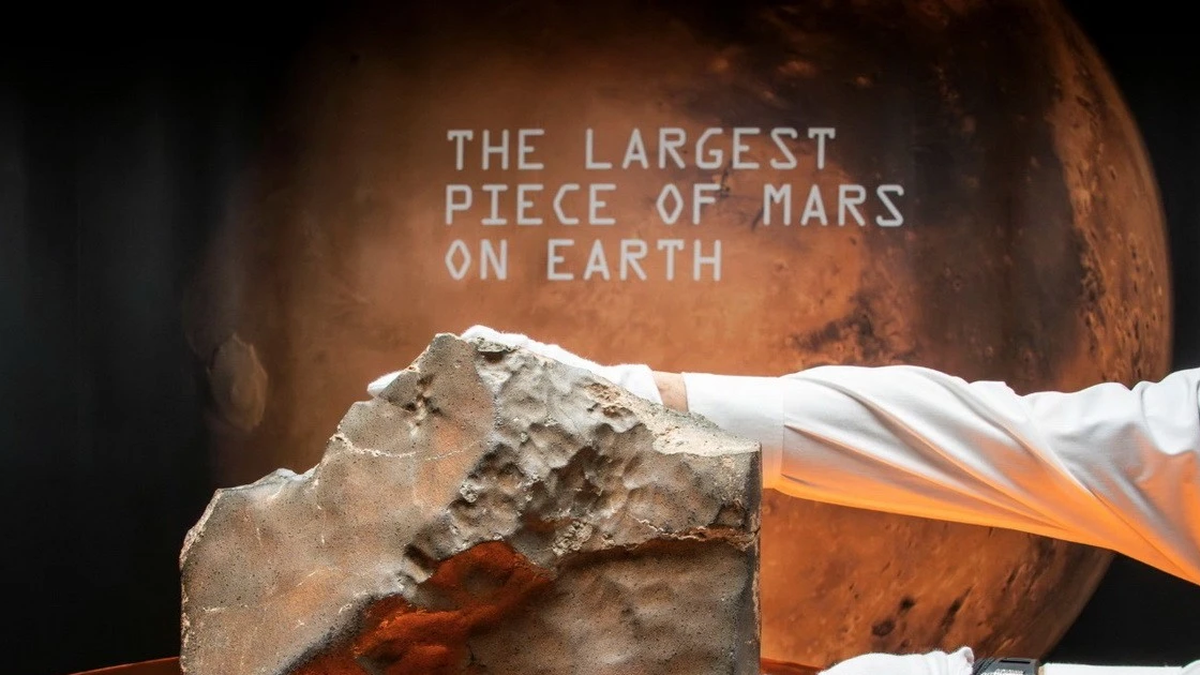




















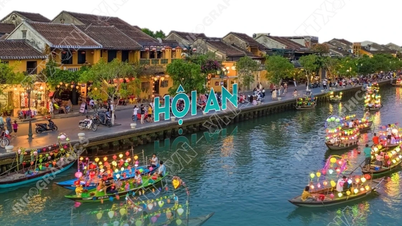

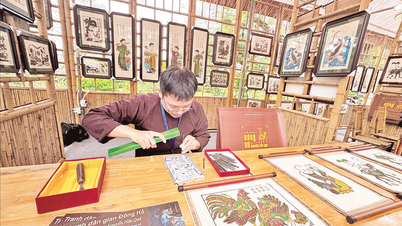

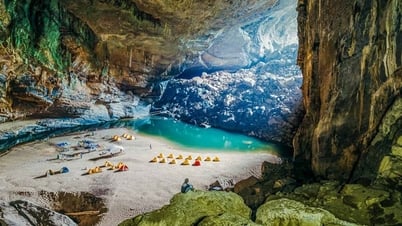




























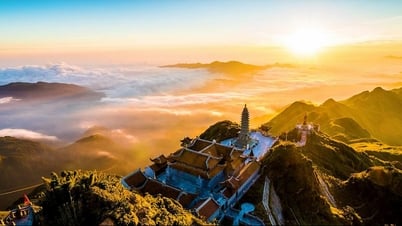


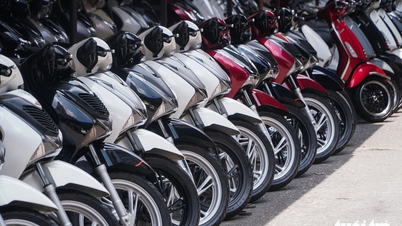





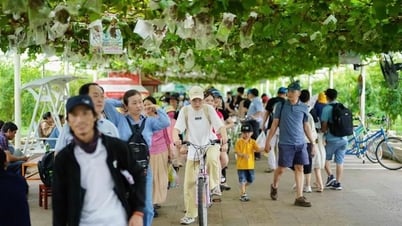









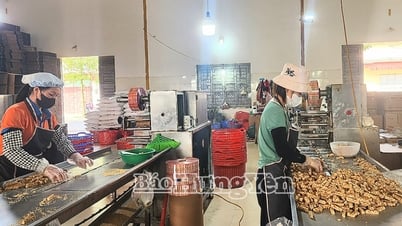













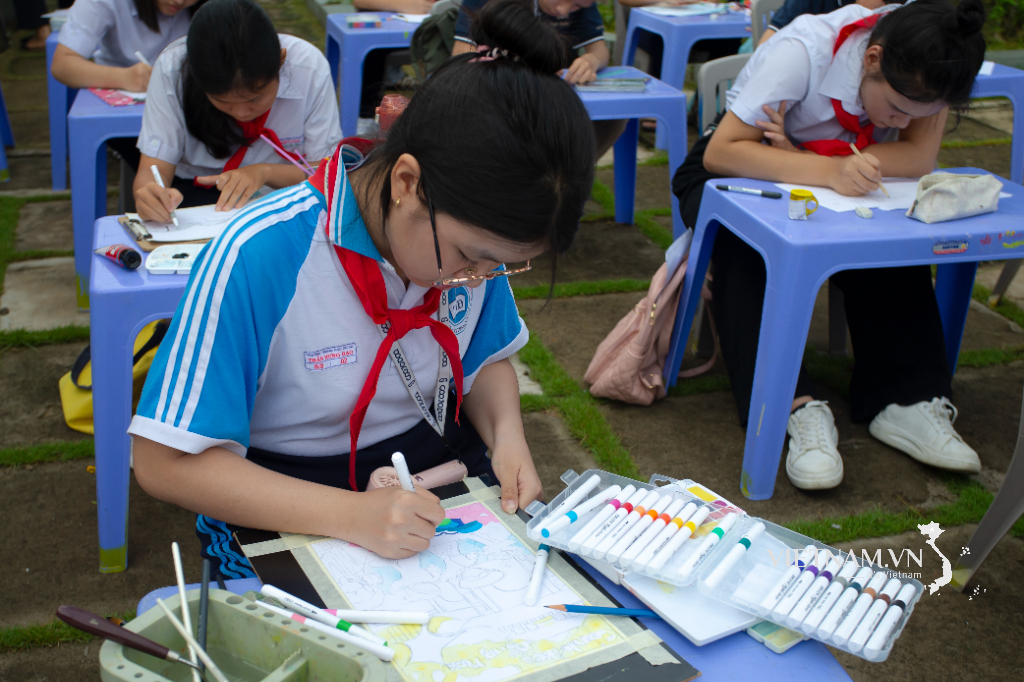

Comment (0)